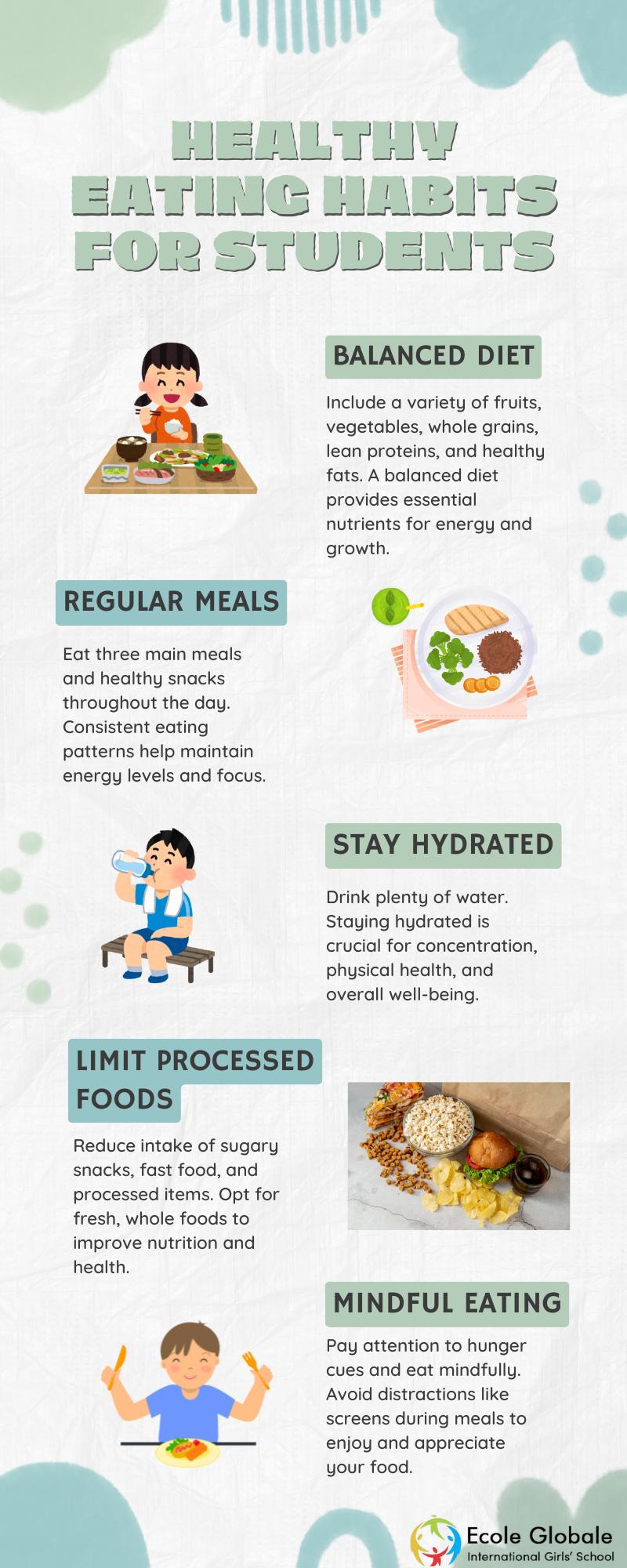In today’s fast-paced world, where distractions are plentiful and meals are often hurried, the art of mindful eating has emerged as a powerful tool to combat overeating and foster a healthier relationship with food. As we juggle the demands of daily life, it’s all too easy to lose touch with our body’s natural hunger signals, leading to mindless consumption and unwanted weight gain. But fear not—by embracing the principles of mindful eating, you can regain control over your eating habits and savor every bite with intention. In this article, we’ll explore practical strategies to help you avoid overeating by tuning into your body’s needs, enhancing your awareness of each meal, and ultimately, cultivating a more balanced and fulfilling approach to nourishment.
Understanding the Principles of Mindful Eating
At the heart of mindful eating lies the ability to engage fully with the experience of eating, from the textures and flavors to the body’s hunger and fullness cues. This approach encourages a conscious connection with food, fostering a deeper awareness of the eating process. To practice mindful eating, consider these essential principles:
- Listen to Your Body: Pay attention to hunger and satiety signals. Eat when you are truly hungry and stop when you feel satisfied, not stuffed.
- Eliminate Distractions: Turn off the TV, put away your phone, and focus solely on your meal. This helps to prevent mindless munching and encourages appreciation of each bite.
- Savor Each Bite: Take time to chew slowly and enjoy the taste, texture, and aroma of your food. This not only enhances the dining experience but also aids digestion.
- Reflect on Your Choices: Consider the nutritional value and the origin of your food. Being mindful about what you consume can lead to healthier eating habits.
Embracing these principles can transform your relationship with food, helping you to enjoy meals more and avoid the pitfalls of overeating. By staying present and engaged, you create a more satisfying and nourishing eating experience.
Practical Techniques to Cultivate Mindfulness During Meals
Engaging in mindful eating practices can transform your mealtime into a nourishing experience, reducing the likelihood of overeating. Begin by setting the stage for a mindful meal. This involves eliminating distractions such as television, smartphones, or work-related tasks. Create a calming atmosphere by setting the table nicely and perhaps playing soft music in the background. As you prepare to eat, take a moment to appreciate the colors, textures, and aromas of your food. This simple practice encourages you to slow down and fully engage your senses.
Incorporate mindful techniques into your meal by following these simple practices:
- Chew thoroughly: Aim to chew each bite at least 20 times. This not only aids digestion but also allows you to savor each flavor.
- Pause between bites: Put your fork down between each bite to give your body time to recognize satiety signals.
- Express gratitude: Reflect on the journey your food has taken to reach your plate, and acknowledge the effort involved in its preparation.
- Listen to your body: Tune into your hunger and fullness cues. Stop eating when you’re comfortably satisfied, not when your plate is clean.
By weaving these techniques into your daily routine, you can foster a healthier relationship with food and prevent the common pitfall of overeating.

Identifying and Managing Emotional Triggers for Overeating
Understanding the emotional catalysts behind your eating habits is crucial in curbing overeating. Emotional triggers can be as varied as stress, boredom, or even happiness. Identifying these triggers requires introspection and awareness. Consider maintaining a food journal where you not only log what you eat but also record your emotional state at the time of eating. This practice can reveal patterns, helping you distinguish between genuine hunger and emotional eating.
- Stress: When stress levels rise, the body releases cortisol, which can increase appetite. Find healthier ways to manage stress, such as through exercise, meditation, or engaging in hobbies.
- Boredom: Eating out of boredom is common and can be mitigated by keeping your mind engaged with activities like reading, puzzles, or learning a new skill.
- Celebration: Social gatherings often involve food, leading to overeating. Practice mindful eating by savoring each bite and listening to your body’s cues of fullness.
By recognizing these triggers, you can develop strategies to manage them effectively, transforming your relationship with food and promoting a healthier lifestyle.

Creating a Supportive Environment for Mindful Eating Practices
Establishing a nurturing atmosphere is key to embracing mindful eating habits. Start by creating a calm dining space. This can be as simple as clearing the table of distractions such as phones, laptops, or TV remotes. Use soft lighting and perhaps light a candle to foster a peaceful ambiance. A tranquil setting can help center your attention on the meal itself, enhancing the sensory experience.
To further encourage mindfulness, consider incorporating these supportive practices into your routine:
- Set a consistent mealtime: Establish regular meal times to help your body anticipate nourishment and reduce impulsive eating.
- Engage all senses: Take a moment to appreciate the colors, textures, and aromas of your food before the first bite.
- Practice gratitude: Reflect on the journey of your food from farm to table, fostering a deeper connection and appreciation.
- Chew slowly: Aim to chew each bite thoroughly, allowing flavors to unfold and giving your body time to recognize fullness cues.
By intentionally shaping your environment and habits, you pave the way for a more thoughtful and satisfying dining experience.
